Avalanches are a natural phenomenon that occurs in the mountainous region of Kananaskis Country. While more common in the winter months, they can occur at any time of year if there is snow on the ground.
Avalanche potential is directly linked to the terrain that the snow falls on. As the terrain gets steeper the potential for avalanches increases and the public must make an assessment how and where they plan on going in the terrain.
The Avalanche Terrain Exposure Scale (ATES) was developed to help persons recreating in the terrain make better evaluations of the risk that are inherent with travelling in avalanche terrain.
The current Avalanche terrain ratings are broken down into two different classifications, a public model and a technical model. While both present similar information, the technical model includes a much more detailed version of the terrain while the public model presents a more concepts based approach to the technical model.
The information is presented in a few different formats. It is commonly taught on avalanche courses such as the Avalanche Skills Training level 1 and 2 as well as in guide book and on a few apps that have been presented by developers.
On this page the terrain was evaluated using computer modeling that evaluated slope angle, tree cover and estimated run out length. Many areas of the map have not been ground-truthed and due to the computer modelling nature of the map, there may be errors.
The map is intended to be used as a high level overview for overall trip planning. Detailed decisions that are more specific to individual terrain features must still be evaluated by users in the field.
The ATES is designed to categorize avalanche exposure based on the configuration of the terrain. By using the ATES, backcountry travelers, including skiers, boarders and waterfall ice and mixed ice climbers, will have improved their understanding of the type of avalanche terrain that threatens their proposed outing.
The ATES works by applying the information provided in the Public Avalanche Forecasts for the park you plan to visit, in combination with Avalanche Terrain Ratings that have been configured for many of the most popular trails and routes in that park.
You can then use that information to help you evaluate the avalanche hazard of your intended route, and also to help you select appropriate trip routes and destinations based on the terrain ratings and current conditions.
|
Terrain Rating |
Class |
Description for Backcountry travel |
|
Non-Avalanche |
0 |
No known exposure to avalanches. Very low-angle or densely forested slopes located well away from avalanche paths, or designated trails/routes with no exposure to avalanches. |
|
Simple |
1 |
Exposure to low-angle or primarily forested terrain. Some forest openings may involve the runout zones of infrequent avalanches and terrain traps may exist. Many options to reduce or eliminate exposure. |
|
Challenging |
2 |
Exposure to well-defined avalanche paths, starting zones, terrain traps or overhead hazard. With careful route finding, some options will exist to reduce or eliminate exposure. |
|
Complex |
3 |
Exposure to multiple overlapping avalanche paths or large expanses of steep, open terrain. Frequent exposure to overhead hazard. Many avalanche starting zones and terrain traps with minimal options to reduce exposure. |
|
Extreme |
4 |
Exposure to very steep faces with cliffs, spines, couloirs, crevasses or sustained overhead hazard. No options to reduce exposure; even small avalanches can be fatal. |
|
Terrain Rating |
Class |
Description for Waterfall Ice Climbing |
|
Non-Avalanche |
0 |
Routes with no exposure to avalanches except small sluffs and spindrift. |
|
Simple |
1 |
Routes with brief exposure to very low frequency avalanches starting from above or crossing occasional short slopes. |
|
Challenging |
2 |
Routes with long exposure to low frequency avalanches or brief exposure to high frequency avalanches starting from above or crossing a few short slopes. Options to reduce exposure. |
|
Complex |
3 |
Routes with long exposure to high frequency avalanches starting from above or crossing steep slopes with terrain traps below. Minimal options to reduce exposure. |
|
Extreme |
4 |
Routes with long and sustained exposure to very high frequency avalanches starting from above and crossing multiple steep slopes with terrain traps below. No options to reduce exposure. |
|
|
Class 0 |
Class 1 |
Class 2 |
Class 3 |
Class 4 |
|
|
Exposure |
No known exposure to avalanche paths |
Minimal exposure crossing low- frequency runout zones or short slopes only |
Intermittent exposure managing a single path or paths with separation |
Frequent exposure to starting zones, tracks or multiple overlapping paths |
Sustained exposure within or immediately below starting zones |
|
|
Slope angle |
Very low-angle (< 10°) open terrain or steeper areas of dense forest |
Low-angle (< 20°) terrain or steeper slopes in dense forest with openings for runout zones or short slopes |
Moderate-angle (< 30°) open or gladed terrain with some open slopes or glades > 35° |
Moderate to high-angle (< 35°) terrain with a large proportion of open slopes > 35° and some isolated glades or tree bands |
High-angle, open terrain averaging > 35° with a large proportion of slopes > 45° and few or no trees |
|
|
Slope shape |
Straightforward, flat or undulating terrain |
Straightforward undulating terrain |
Mostly planar with isolated convex or unsupported slopes |
Convoluted open slopes with intricate and varied terrain shapes |
Intricate, often cliffy terrain with couloirs, spines and/or overhung by cornices |
|
|
Terrain traps |
No avalanche-related terrain traps |
Occasional creek beds, tree wells or drop-offs |
Single slopes above gullies or risk of impact into trees or rocks |
Multiple slopes above gullies and/or risk of impact into trees, rocks or crevasses |
Steep faces with cliffs, cornices, crevasses and/or risk of impact into trees or rocks |
|
|
Frequency- magnitude |
Never |
1:100 - 1:30 for ≥ Size 2 |
1:1 for < Size 2 1:30 - 1:3 for ≥ Size 2 |
1:1 for < Size 3 1:1 for ≥ Size 3 |
10:1 for ≤ Size 2 > 1:1 for > Size 2 |
|
|
Starting zone size |
No known starting zones |
Runout zones only except for isolated, small starting zones with ˂ Size 2 potential |
Isolated starting zones with ≤ Size 3 potential or several start zones with ≤ Size 2 potential |
Multiple starting zones capable of producing avalanches of all sizes |
Many very large starting zones capable of producing avalanches of all sizes |
|
|
Runout zone |
No known runout zones |
Clear boundaries, gentle transitions, smooth runouts, no connection to starting zones above |
Abrupt transitions, confined runouts, long connection to starting zones above |
Multiple converging paths, confined runouts, connected to starting zones above |
Steep fans, confined gullies, cliffs, crevasses, starting zones directly overhead |
|
|
Route options |
Designated trails or low- angle areas with many options |
Numerous, terrain allows multiple choices; route often obvious |
A selection of choices of varying exposure; options exist to avoid avalanche paths |
Limited options to reduce exposure; avoidance not possible |
No options to reduce exposure |
|
Terrain is highly variable and as a result, elements of terrain may fit into multiple classes. Applying a terrain exposure rating involves considering all of the variable described in the technical model above. Some aspects of terrain though are default priorities.
Terrain that qualifies under an italicized descriptor automatically defaults into that or a higher terrain class. Non-italicized descriptors carry less weight and will not trigger a default, but must be considered in combination with the other factors.
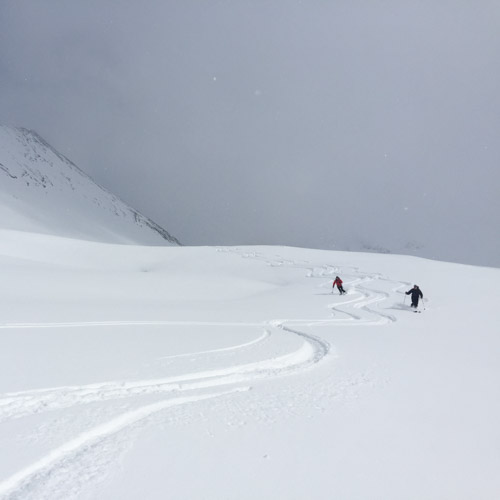
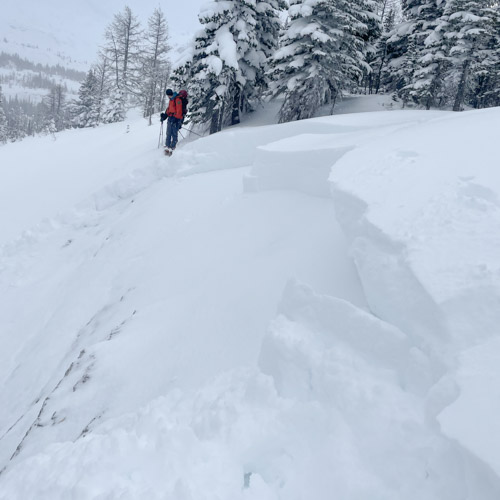
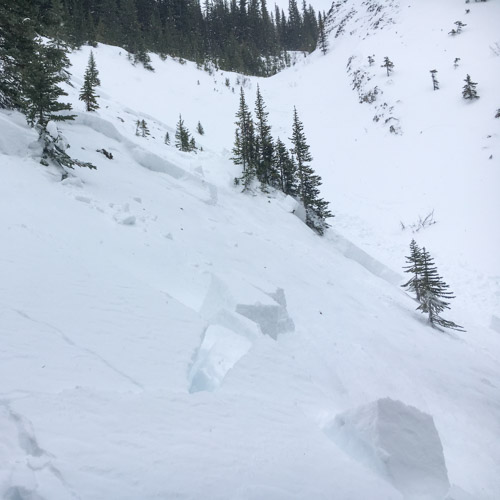
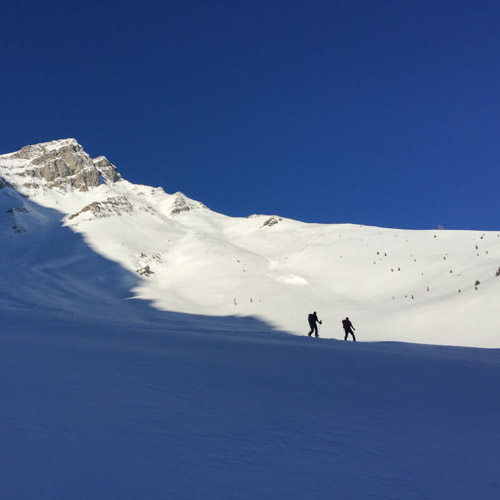
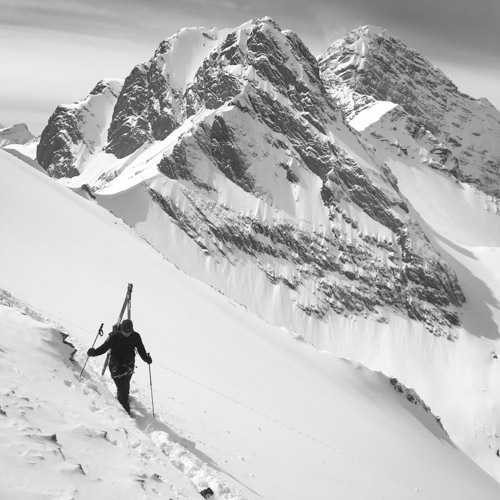
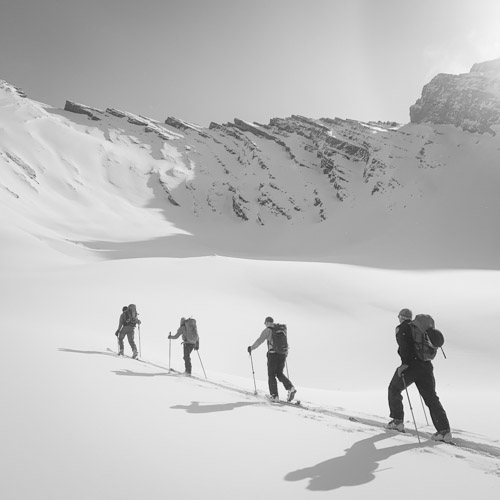
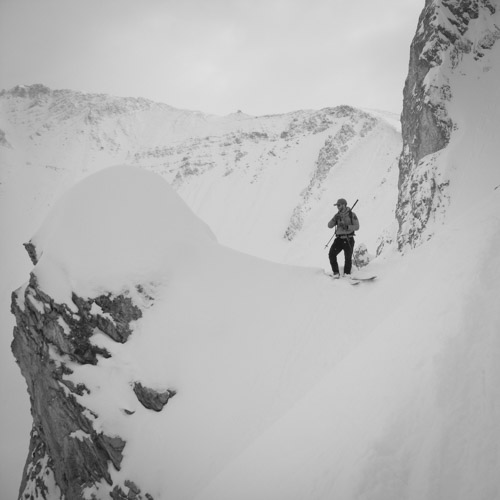
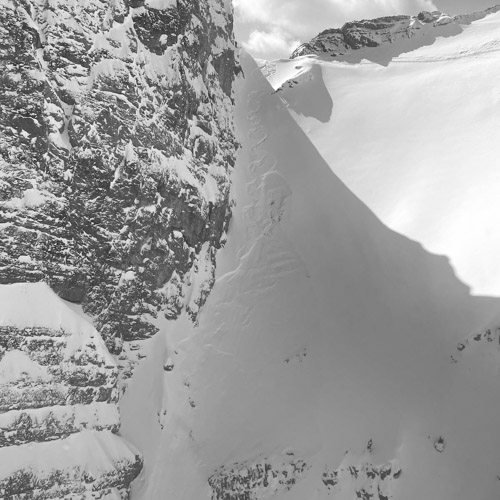
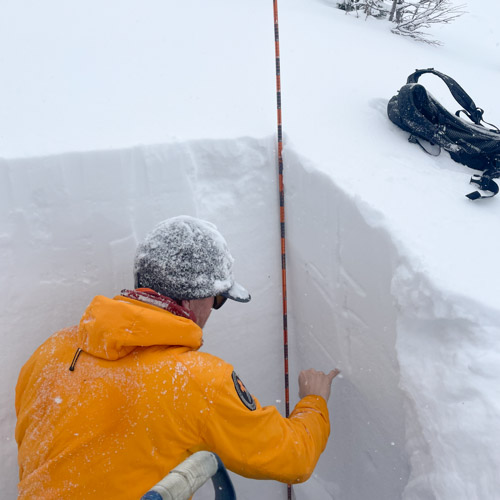
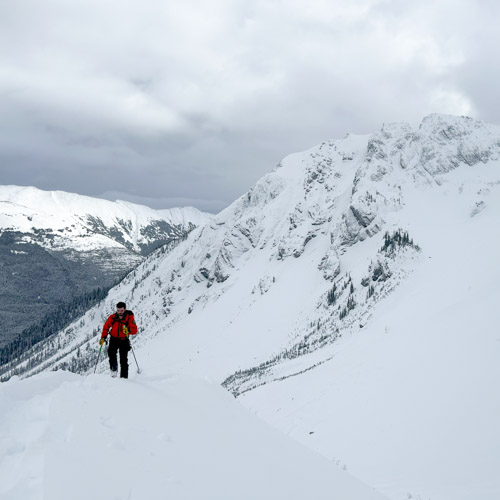
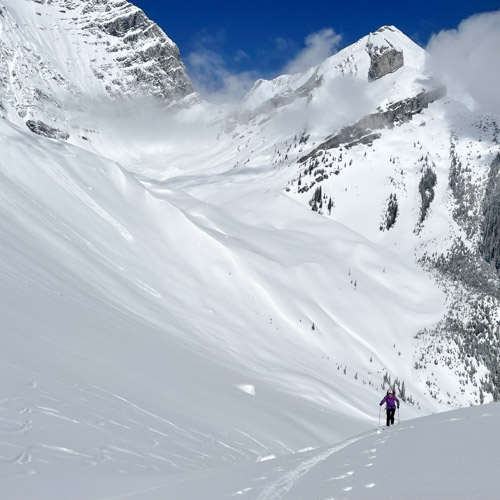
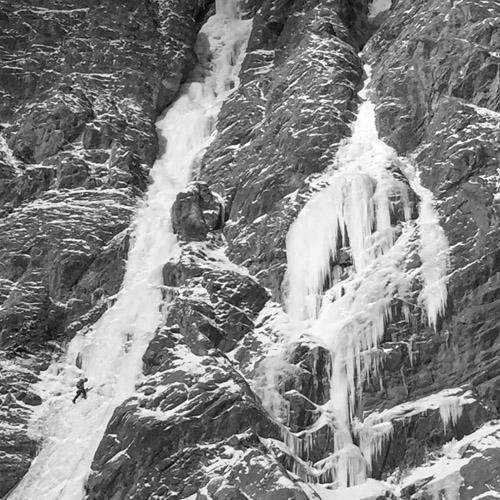
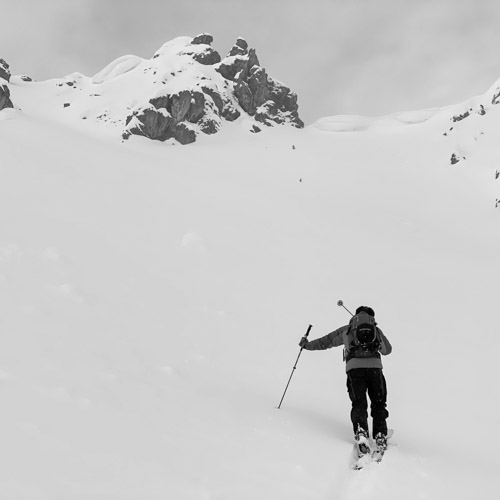
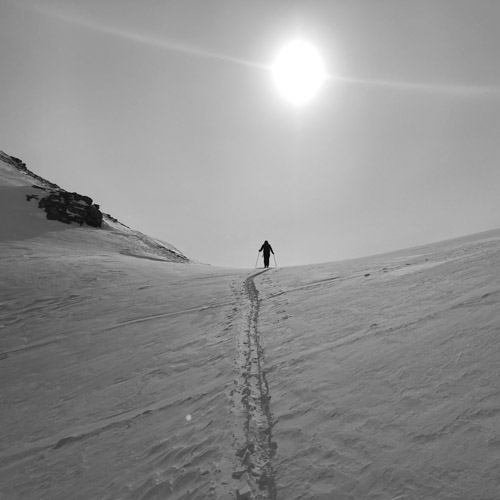
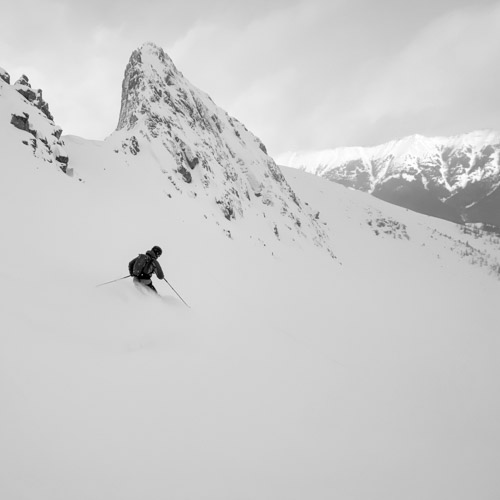
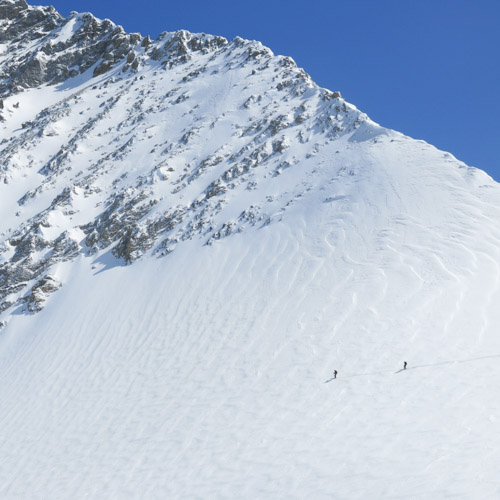
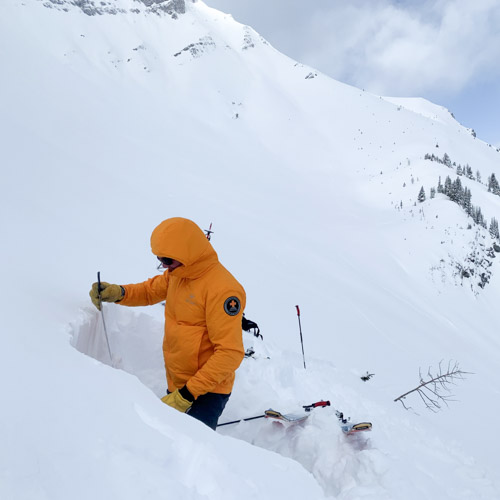
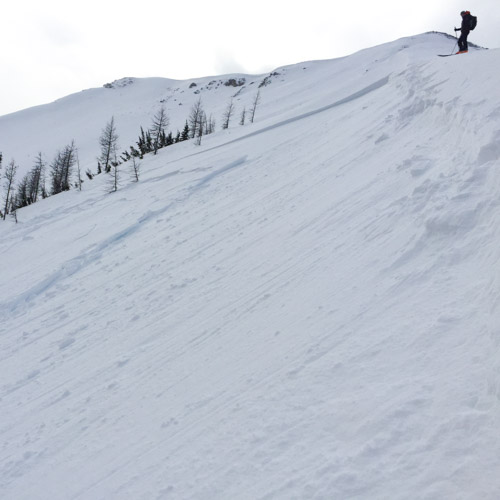
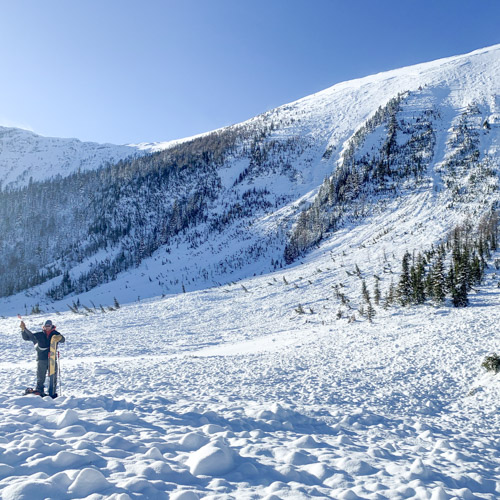
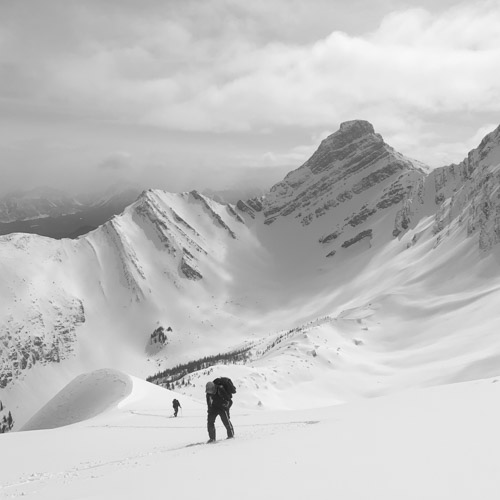
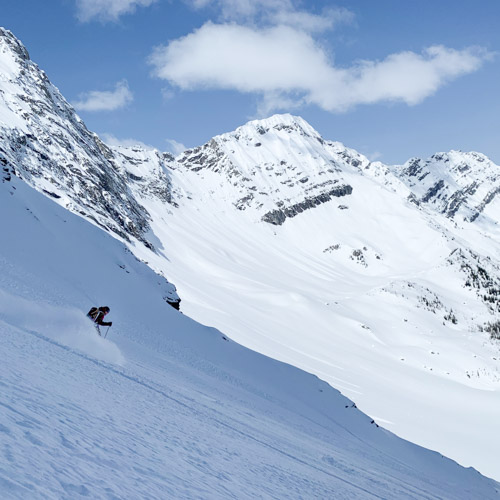
Bulletins
Education
Courses
Industry level training
Research
Socials